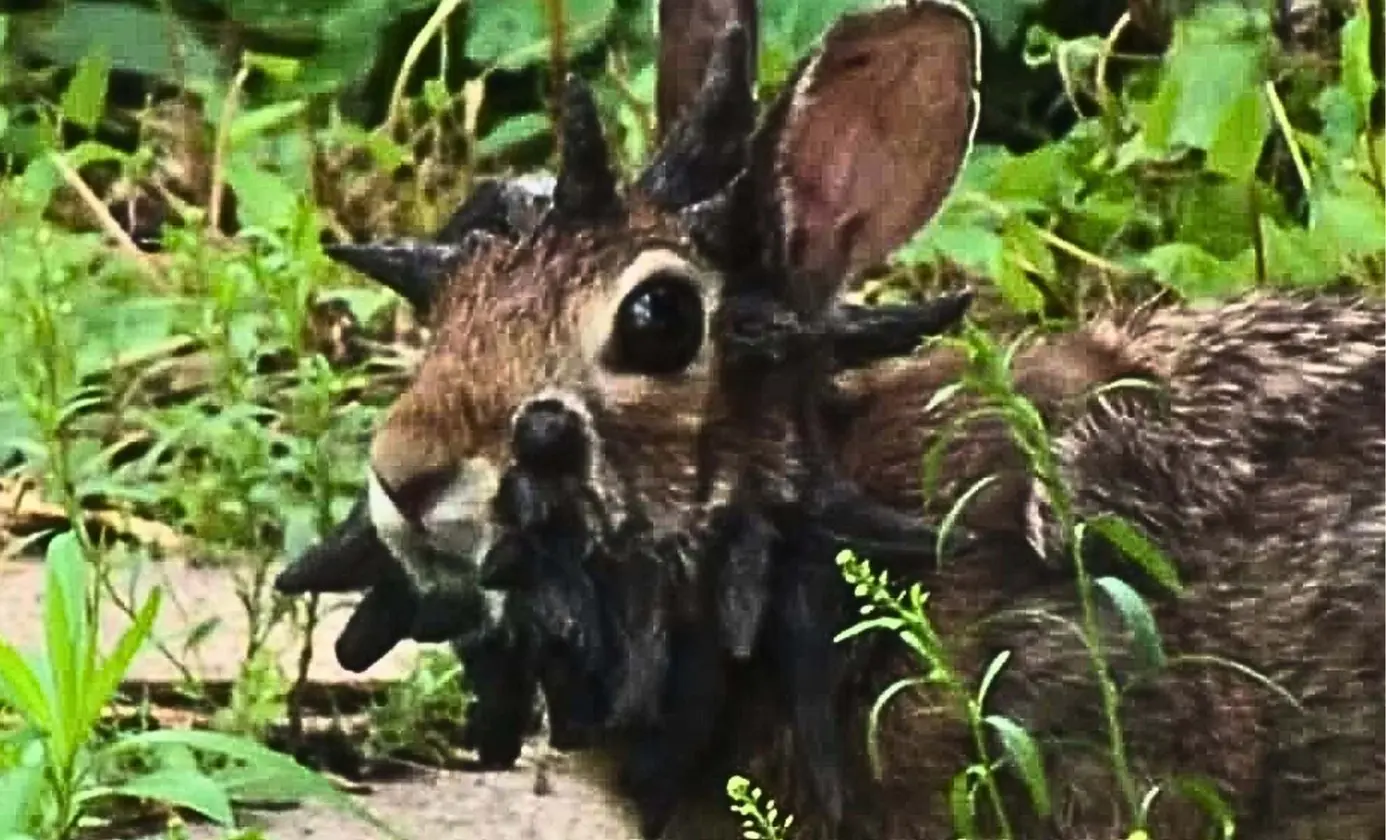T4K3.news
Squirrels with growths prompt wildlife health questions
Sightings of oozing growths in squirrels have raised questions about wildlife diseases and how to respond responsibly.

Squirrels with oozing sores have been spotted in gardens across the US and Canada, prompting questions about wildlife disease.
Zombie Squirrels Raise Wildlife Health Concerns
Gardens across the United States and Canada have reported squirrels with oozing, hairless growths. Wildlife experts say the symptoms resemble fibromatosis, a common virus that usually heals on its own. While some reports date back to 2023, sightings have surged in the past month, though there is no confirmed outbreak and squirrel pox is considered unlikely in North America.
Experts warn that bird feeders can attract many squirrels and may help spread the illness in crowded feeding spots. Fibromatosis tends to clear within weeks, though larger infections can take longer, and humans are not at risk. The situation underscores the need for careful observation and reliance on wildlife experts rather than sensational headlines.
Key Takeaways
"Like a lot of people, I love watching birds. Unfortunately, you can attract multiple [squirrels] to that feeder and risk exposure if one has the virus."
quote from Maine Department of Inland Fisheries and Wildlife official Shevenell Webb
"I would not recommend trying to capture a squirrel that has the virus. It is naturally occurring and will run its course in time."
second quote from Shevenell Webb
The rise of these reports shows how quickly a wildlife mystery becomes a public moment. Sensational headlines and social media chatter can distort risks, turning a routine animal illness into a fear-driven story. This piece invites readers to balance curiosity with restraint and to trust scientists over sensationalism.
The article also highlights a practical angle: feeding practices. Clear guidance from wildlife agencies about feeders, handling sick animals, and reporting findings can shape public behavior and reduce unnecessary exposure. As winter approaches, steady, science-led communication matters more than ever.
Highlights
- Nature tests our watchdog instincts in every season.
- A tiny virus invites a big question about how we treat wildlife.
- Patience from scientists beats panic from the playground.
- Observe, verify, and let experts guide the response.
Public reaction to wildlife illness
Reports of infected-looking squirrels could spark fear among garden owners. While experts say fibromatosis is common and not a new threat, ongoing sightings may generate misinformation unless guided by credible sources.
As winter nears, let science guide our steps and our gaze stay steady on the facts.
Enjoyed this? Let your friends know!
Related News
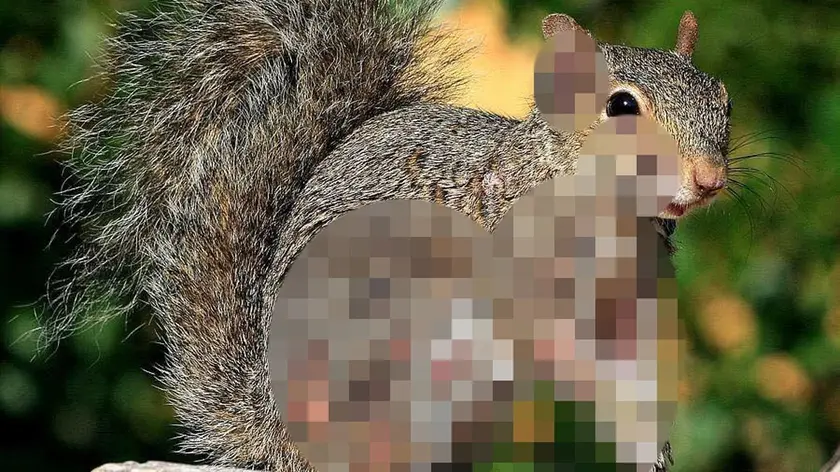
Squirrels with oozing lesions spotted in US backyards
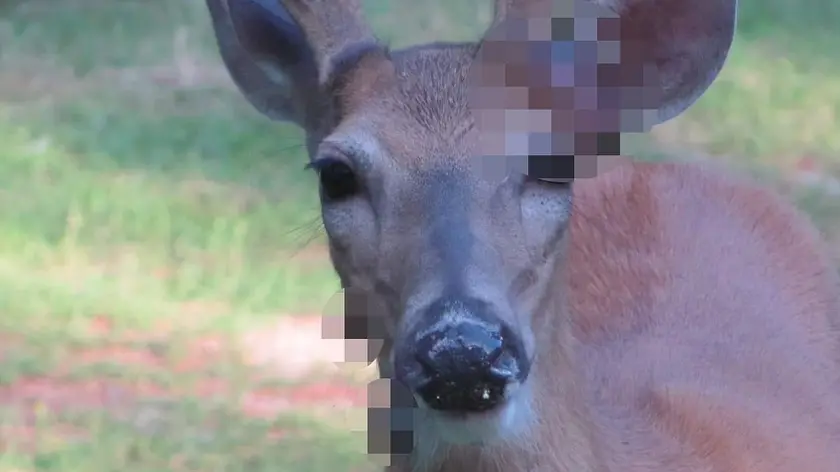
Deer Wart Outbreak Expands Across the United States
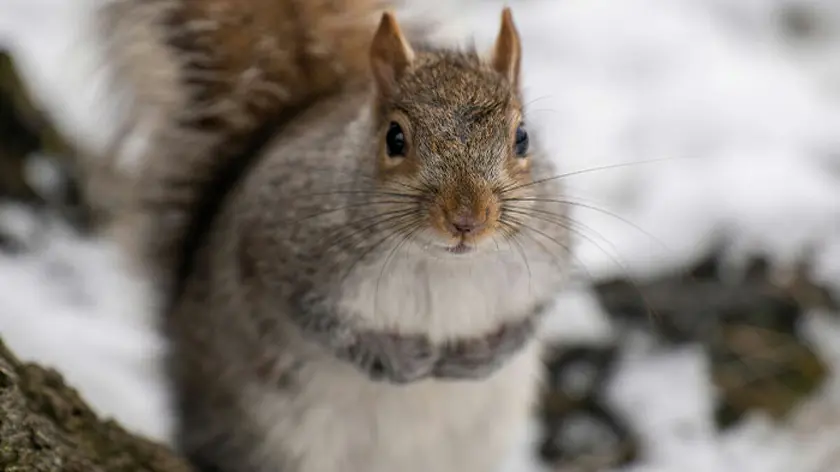
Squirrel pox in backyards

Unusual rabbits in Fort Collins prompt health guidance
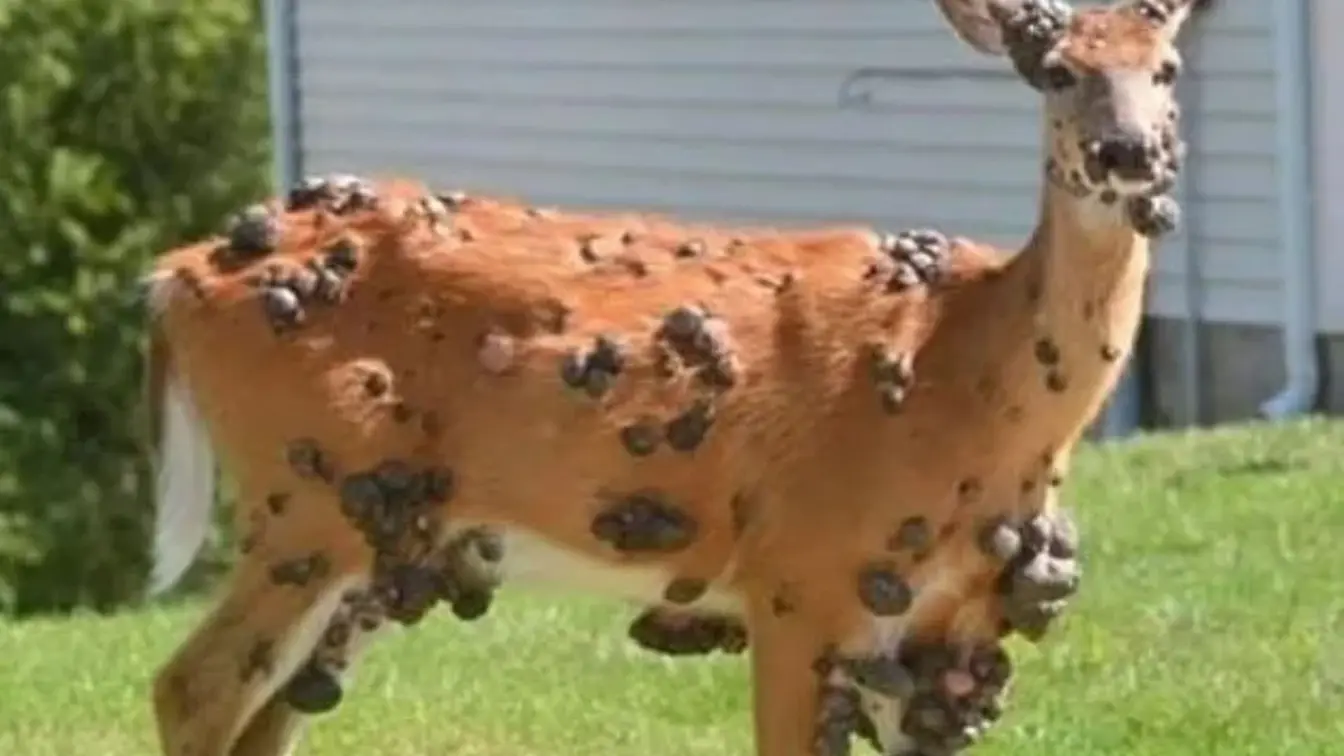
Wildlife lesions prompt official guidance
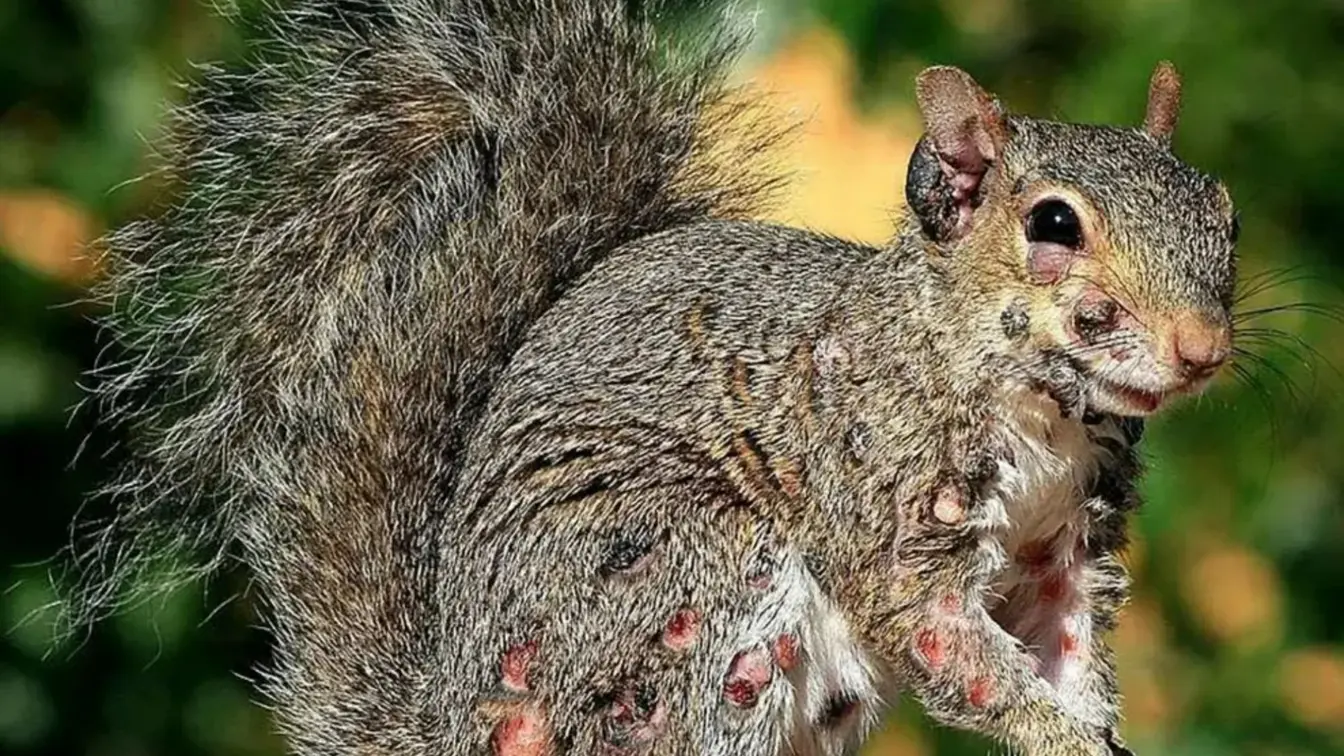
Zombie squirrels story
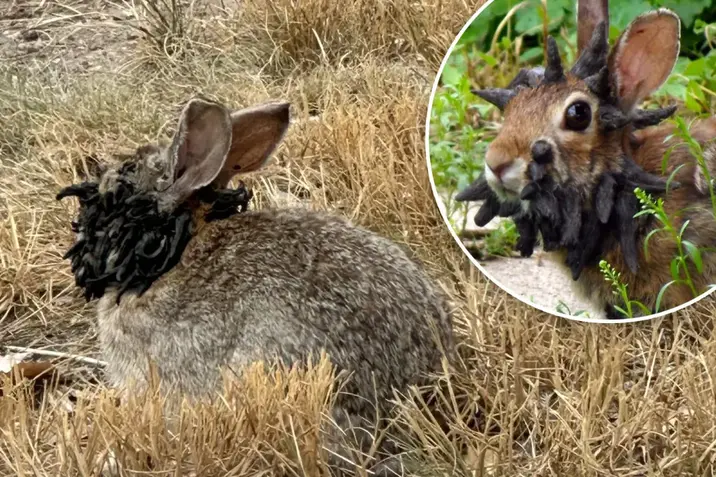
Frankenbunnies in Colorado raise wildlife health questions

Mutant deer story prompts caution
